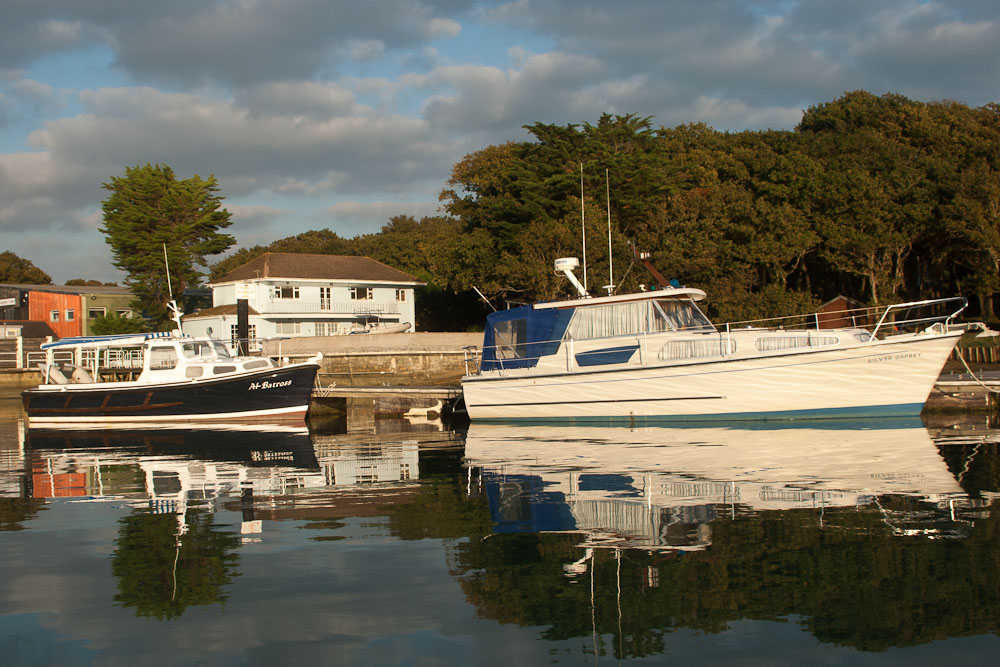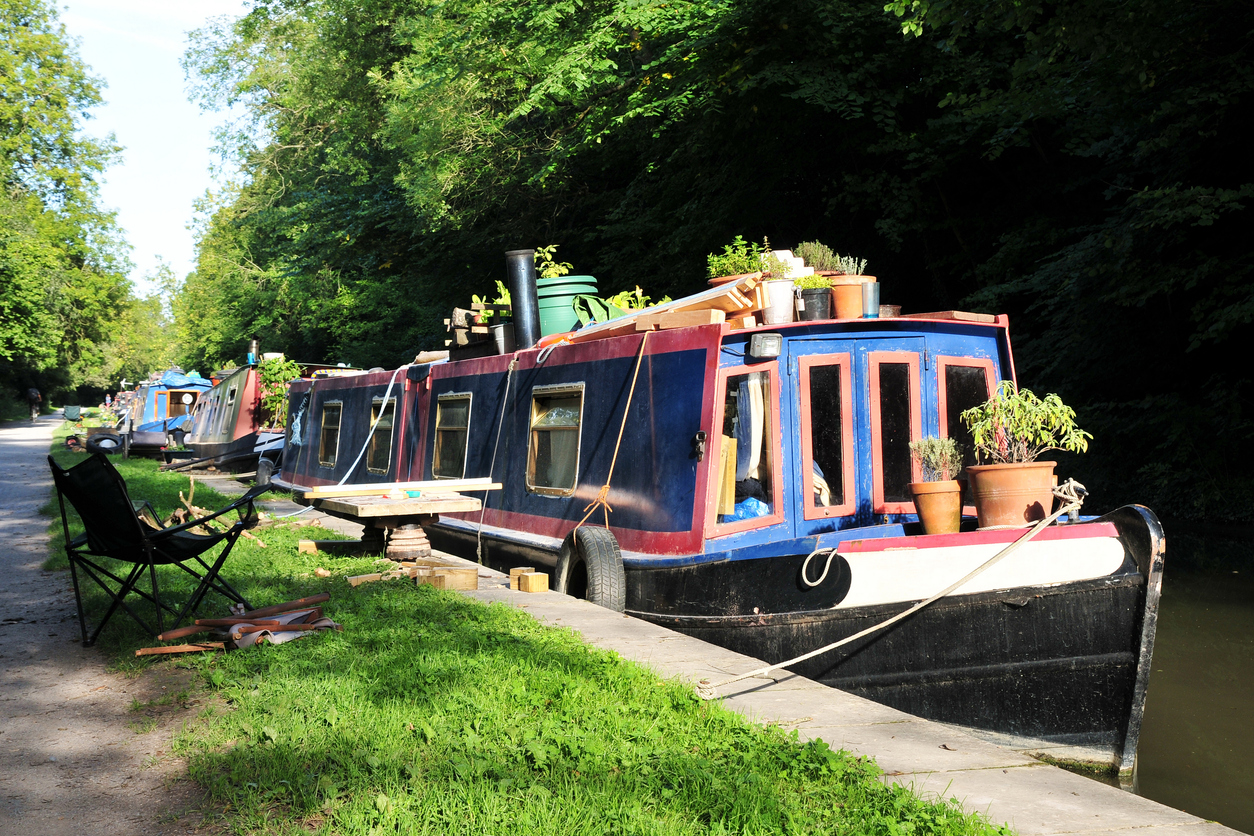The purpose of the test drive is to test the boat's behaviour on the water, so make the most of it to avoid any issues post-purchase.
-
Whether you want to buy a sailing boat or a motorboat, a test drive is essential to ensure that the boat meets your expectations.
-
It is important that the sales contract states that the purchase will be effective after a satisfactory test drive.
After
choosing the boat you want to buy (and in the case of a second hand boat, after you have made prior checks such as a survey to assess the condition of the boat), it is time to make a decision. If you want to go ahead and reserve the boat, the first step is to sign the sales contract and pay the negotiated deposit.
It’s essential that the contract states that the purchase will be made effective after a satisfactory trial run so that you’re covered if an issue is found with the boat. This will also reassure the seller that you aren’t just wasting their time for a free boat ride.
It’s also important to point out that longer test runs may be at your expense, meaning you will be expected to pay for fuel and cover any other costs incurred during the sea trial. However, don’t be put off by this as a sea trial is your opportunity to see how the boat performs and is invaluable if you are serious about
buying a particular boat.
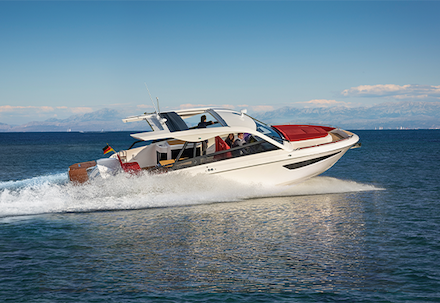
The sales contract should state that the purchase will be effective after a satisfactory test drive. Photo: bavariayachts.com
Does It Meet Your Expectations?
Doing a test sail before making the purchase will help you make sure that everything is in order and that the boat is well suited to your sailing style. This is also a chance to invite a friend or family member who is into boats and can help you objectively assess whether everything is in order. You can even hire a professional skipper if you don’t know any other boat enthusiasts.
However, the way you feel on the boat is also important. Remember that mechanical or decorative aspects can be improved, changed or replaced, but not the way you feel on the boat. Therefore, if everything is working properly, but the boat hasn’t completely won you over, there’s still time to take a step back. In this case, make sure the seller accepts that the test is not only to check equipment and performance, but also to see if the boat is really what you are looking for.
Although it may cost you some money, depending on what you agreed to concerning the deposit, it’s better not to buy a boat that doesn’t suit you. If you have opted to buy a new boat, you may be invited to a demonstration or test drive with the dealer or broker - privately or with other potential owners - on board one of the available units or a different model to the one you have chosen. In this case, you will try a boat similar to the one you are interested in, but which may be of a different length, with a different engine or in a different version. It will still give you an idea of the performance, comfort and safety characteristics of the boat.
You may also be invited to a boat show where you can arrange a test drive during or after the event. In either case, be sure to try and see as much as you can: take notes and photos to help you remember details. Given that there’s others on board, you’ll probably end up chatting with them. Although this may be inevitable, don’t forget that the purpose of this outing is to test the boat and not listen to the opinions of the seller or other boat owners.
Prepare a Checklist
Before you do the test, go back and see what the main features were of similar boats you had been looking at. This way, you can make comparisons and prepare a list of what you want to check on board. If the seller plans to make any improvements or repairs, these will be the first points to include, but don't forget other relevant aspects such as manoeuvrability, rudder sensitivity and whether it is suited to the way you sail.
You should also remember that each type of boat usually corresponds to a certain layout and range of performance that has to do with the implementations that builders make to meet different requirements. It is important to know the limits of your chosen boat design and to evaluate it within reasonable parameters.
Each type of boat usually corresponds to a certain layout and range of performance. Photo: jeanneau.com
Pay Attention to Details
If you have chosen an affordable boat, that doesn't mean you have to settle for second-rate finishes, e.g. plastic handles instead of stainless steel, panels that are not properly fixed or worktops without raised edges. The same goes for a more expensive boat: you have to be able to look beyond the superficial to make sure that the quality matches the price. Look inside chests, bulkheads and under the floor. There you will see the care that has gone into the boat's construction. Remember that a higher quality boat will also be worth more when you want to sell it. Take photos to remember the highlights of the test later.
Make Sure That The Length of The Trial is Appropriate
The length of the test run should be as agreed with the owner or broker, in the case of a
second hand boat, or with the dealer. For boats that need more testing, because they are larger or older, it is important to allow sufficient time to assess their performance under normal and more difficult conditions. Regardless of how long your trial is, it’s essential to do the entire test without rushing. Bear in mind that you may encounter setbacks or even situations where you have to repeat certain manoeuvres, so it is best to take your time during the test.
When trying out a new boat, it’s important not to be distracted by the conversations on board. The sellers are there to sell and the other buyers will have their own requirements that may not be yours, so concentrate on your objectives. There will be time to exchange views with others when the trial is over.
Know The Type of Boat: Sailing Boat or Motorboat
Sailing Boats
When testing a
sailing boat, take a good look at the manoeuvres the owner performs in the harbour: you will be able to see if he does them with ease and if you will be able to do them on your own, if that’s your intention. You should also check how the deck fittings are arranged and their functionality in the main manoeuvres. The more manoeuvres you carry out, the better you will be able to assess the boat's behaviour and the ergonomics of the deck. Evaluate the visibility from the helm and note how you feel when the boat heels. You should also think about your sailing programme and see how it performs in relation to important parameters such as course stability.
When you alight, check if the stairs are safe and if you can hold on well when sailing. Are there enough handholds on board for your family's safety or will you need to add more? Is it comfortable during heeling? Open and close drawers and doors - these can reveal structural problems. Also look at the area of the chainplates and the forestay ropes, as these are points of force transmission where the hull and deck material is most subject to stress. Lift the decks and check the bilge and keel area, which should be dry and clean. Make a note of what you think is not in good condition so that the seller can make repairs, or perhaps ask for a discount.
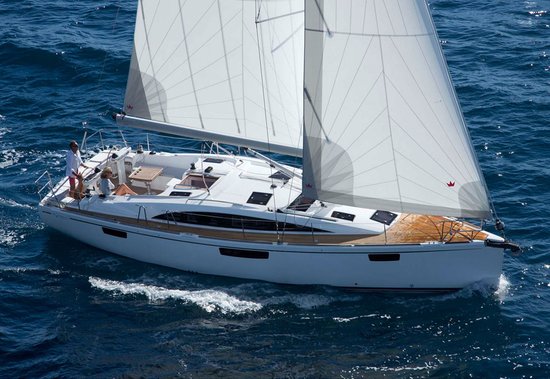 Think about your sailing programme and see how it performs in relation to important parameters. Photo: bavariayachts.com
Think about your sailing programme and see how it performs in relation to important parameters. Photo: bavariayachts.com
Motorboats
Once again, it’s important to be familiar with the type of boat you are going to test so that your expectations correspond to the normal parameters of the type of boat you have chosen. On a motorboat, as on any other boat, the test begins in the harbour, with the undocking manoeuvres. When starting, it is important to pay attention to the exhaust gases and to all the engine noises at different engine speeds, idling, acceleration, cruising, etc. Pay attention to how vibrations are transmitted and whether you think the sound insulation is sufficient for passenger comfort: too much noise and too many vibrations often mean shaft alignment problems and/or propeller imbalances. You should also test the engine consumption and make calculations at every 500 rpm increment in order to determine the effective range of the boat and the most efficient way to sail it.
After you have done these checks, get comfortable at the helm, familiarise yourself with the dashboard, give it some gas and see how it behaves at different angles, in a wave, in turns, etc. If everything works well, you've found your boat. If you want to arrive at the test sail with a benchmark that will allow you to better evaluate all aspects of the boat you have chosen, a good way to do this is to charter a similar boat for a weekend or get a friend or acquaintance to lend you their boat to get to know it better and know what to expect.
For more information on:
Main photo: bluegame.it

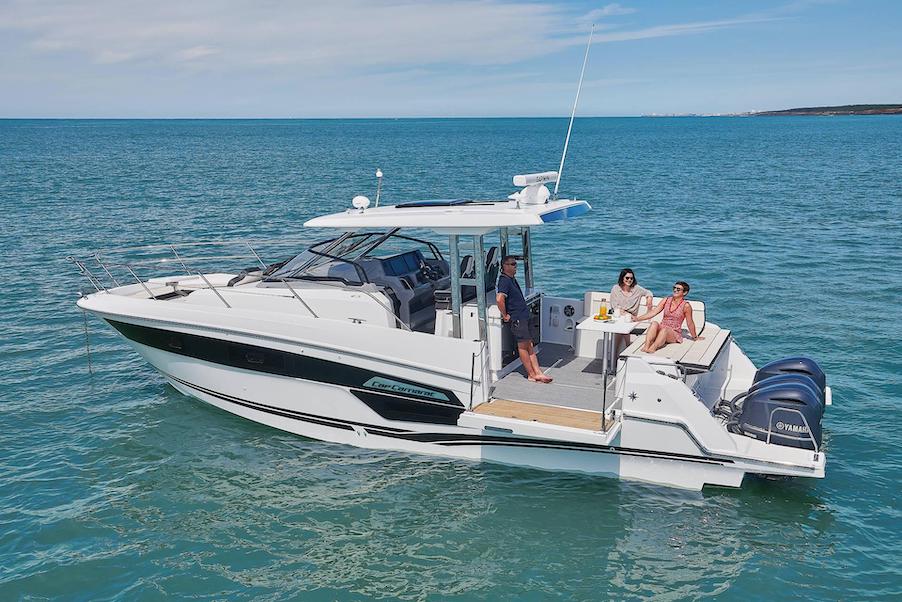
 Think about your sailing programme and see how it performs in relation to important parameters. Photo: bavariayachts.com
Think about your sailing programme and see how it performs in relation to important parameters. Photo: bavariayachts.com